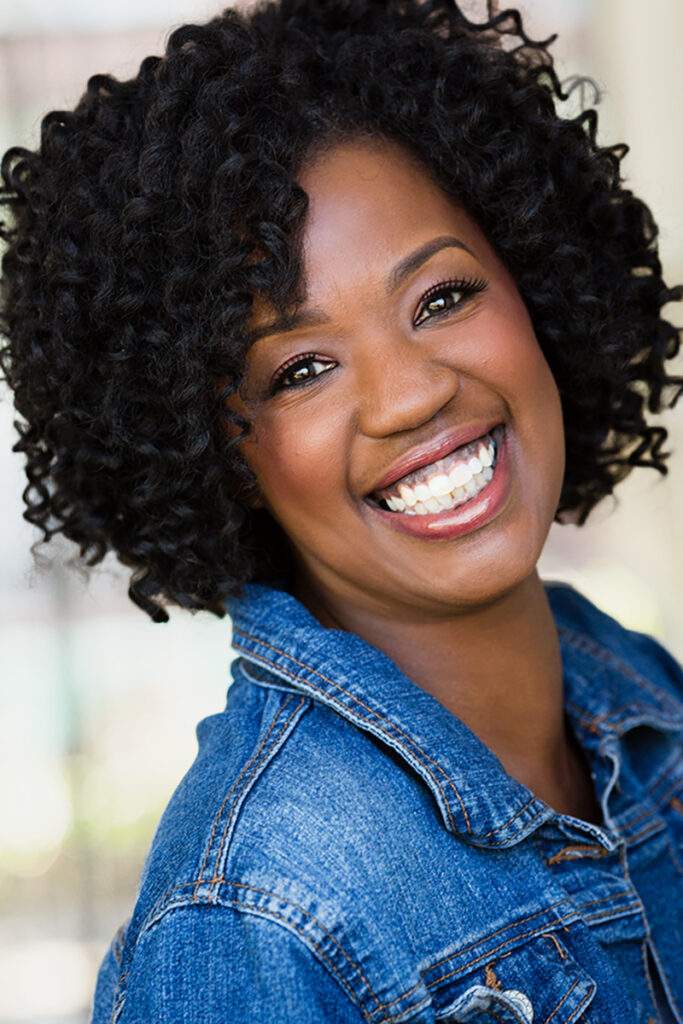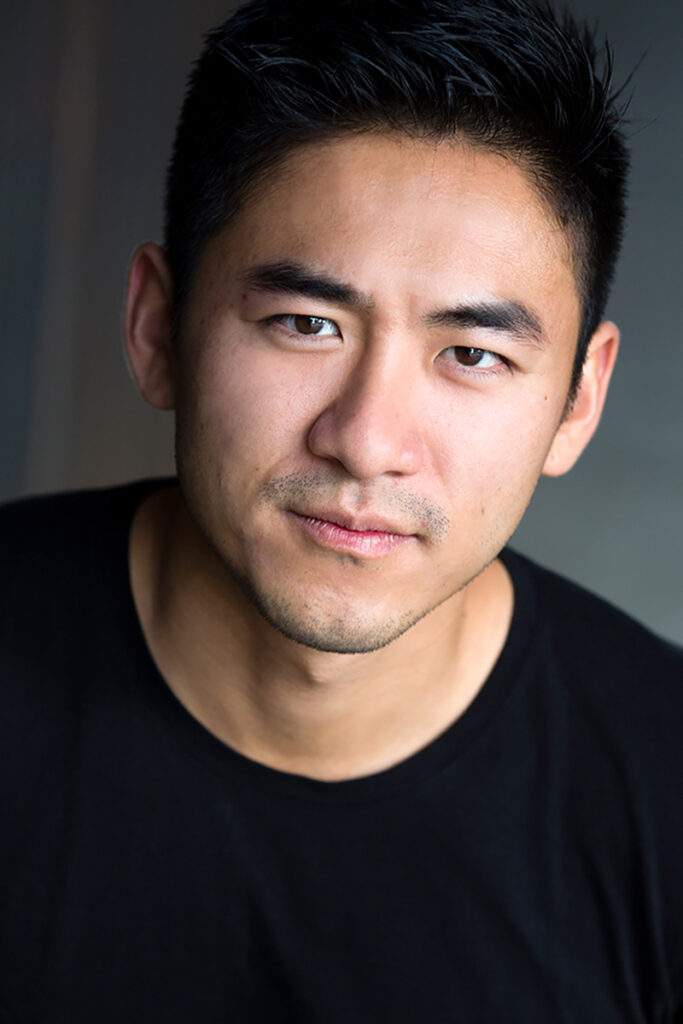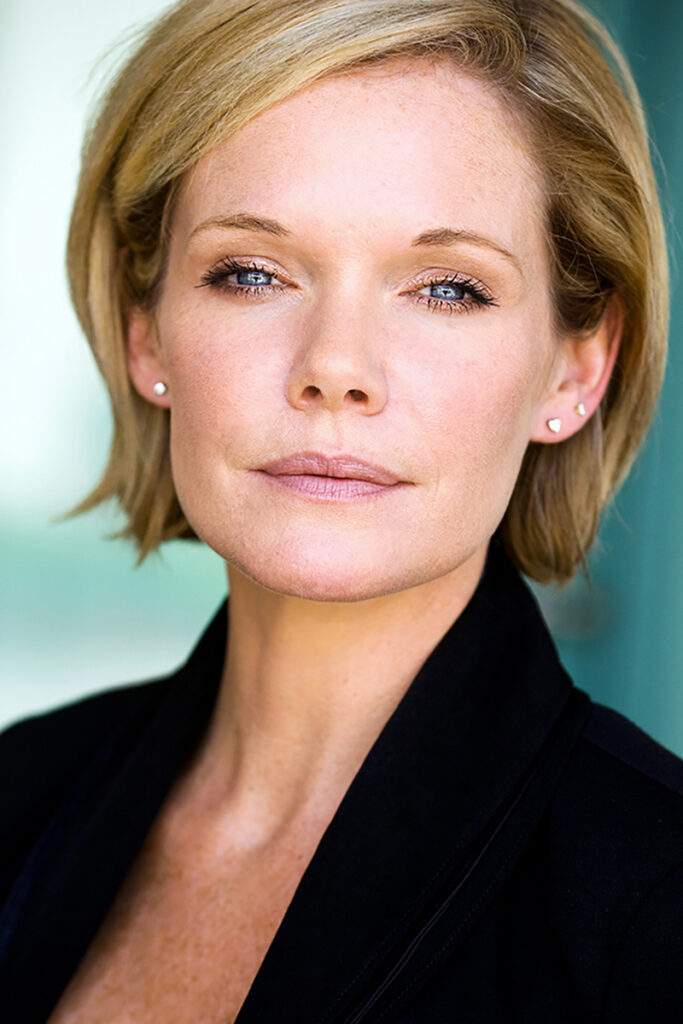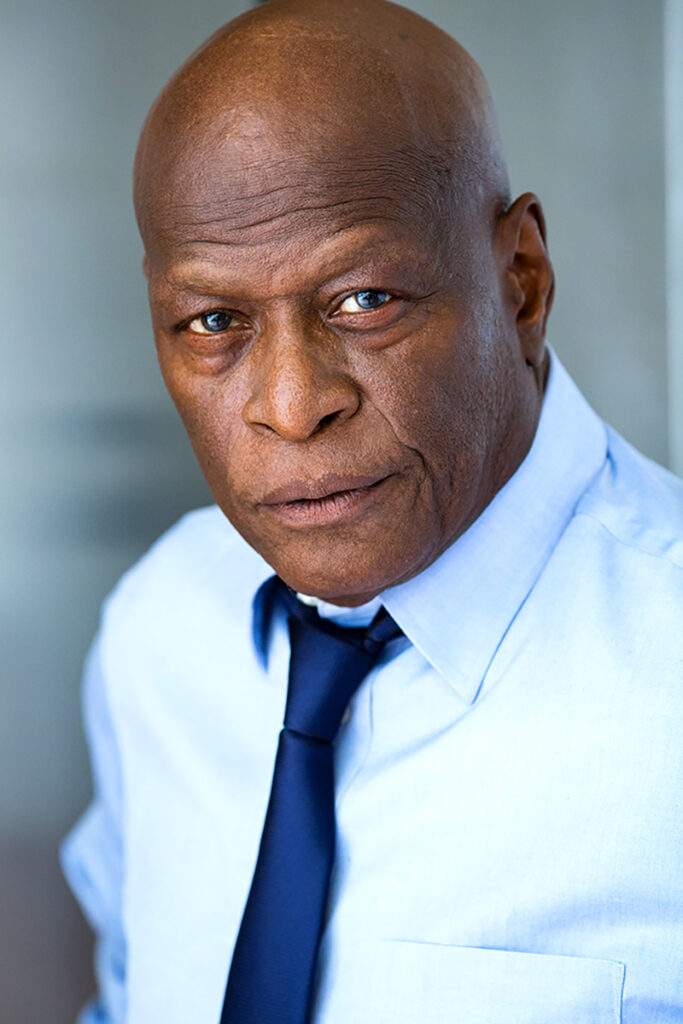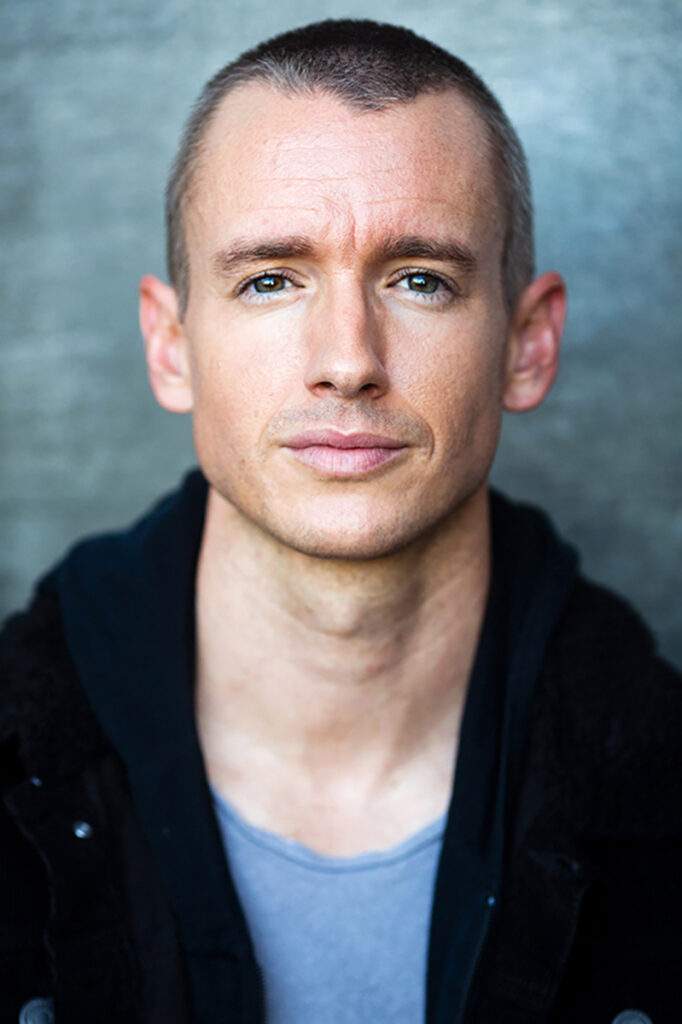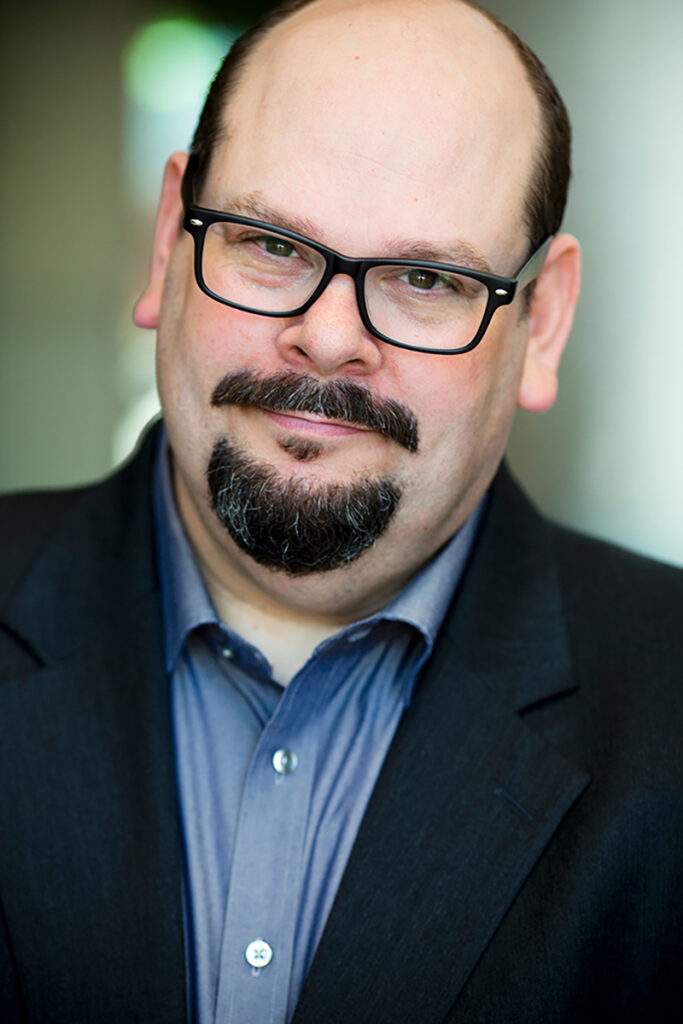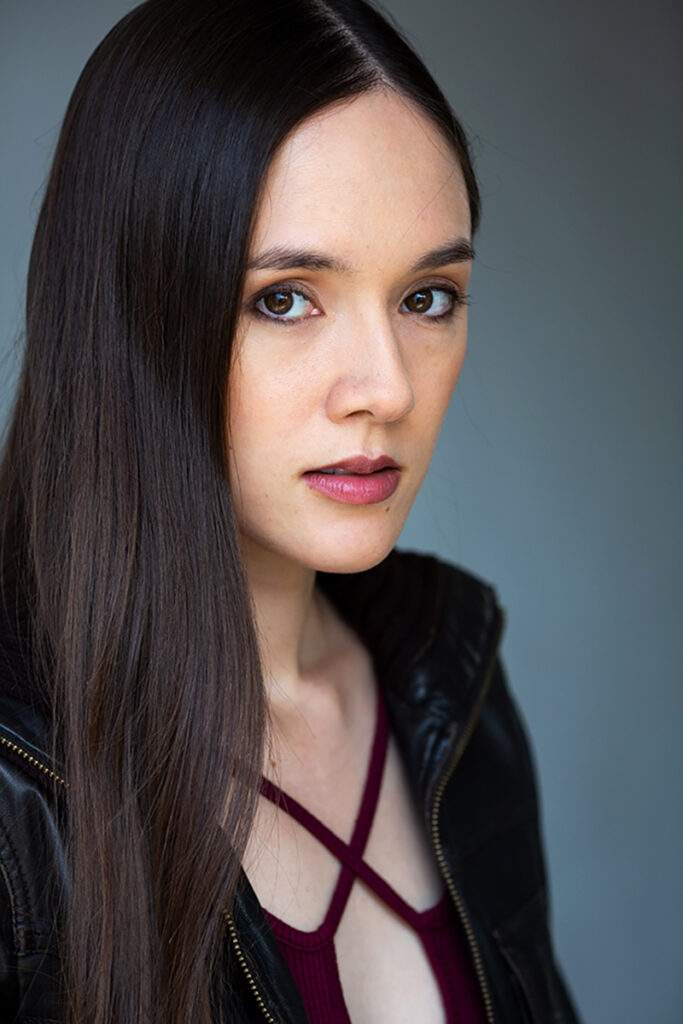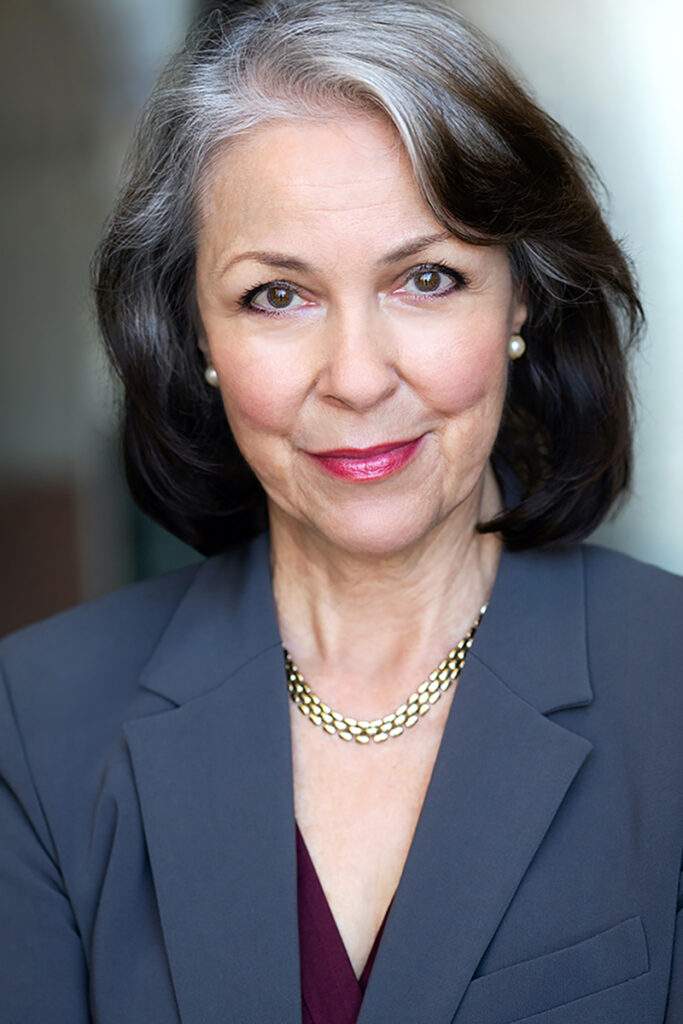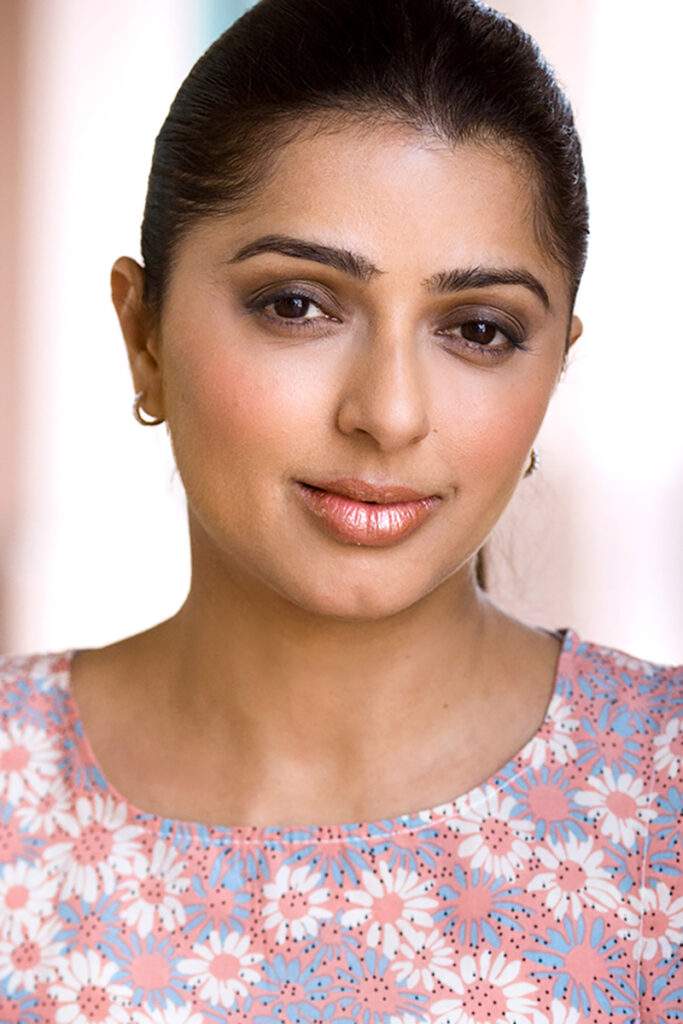Mark Atteberry
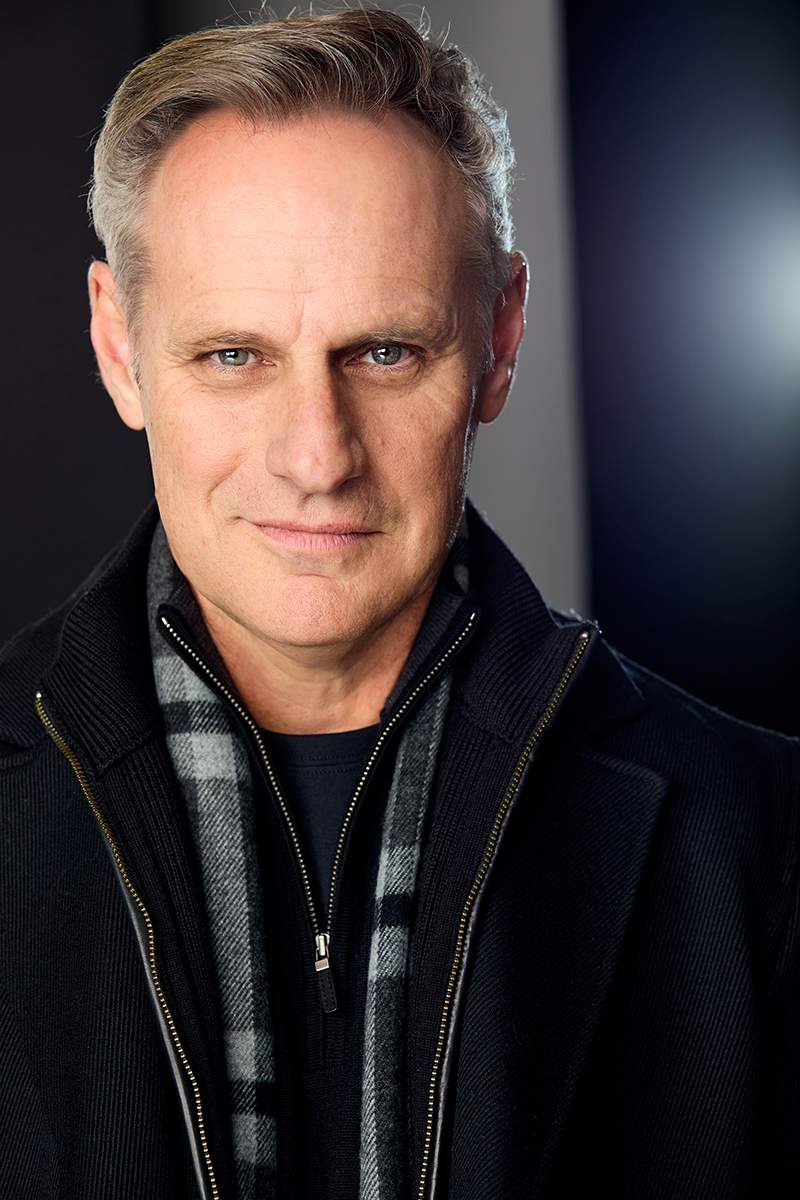
About
Mark Atteberry is an award-winning photographer, successful actor, and frequent teacher on the business of acting. Mark is known for his advertising, documentary, and headshot photography. His clients include CAA, ICM, WME, NBC, CBS, A&E, Bravo, Venice Magazine, Big Lots and many more. In 2010 Mark was chosen as one of the “Best Headshot Photographers in Los Angeles” by BackStage Magazine. Mark’s extensive acting credits includes hits like David Fincher’s “Gone Girl” and Ang Lee’s “The Hulk.” His television work includes Yellowstone, Dahmer, The Offer, Curb Your Enthusiasm, For
The People (which put him in contention for an Emmy nomination), S.W.A.T., Grace and Frankie, Agents of S.H.I.E.L.D., Black-ish and more. Known as “LA’s Type Specialist,” Mark teaches and lectures regularly on the subjects of “How to Get Great Headshots” and “Branding, Image and Type.” He has written several books on the topic including “The Working Actor’s Guide to LA.”
Gallery
LACP Interviews Mark Atteberry
LACP asks Mark Atteberry ten questions about their background, career in and beliefs about photography.
Los Angeles Center of Photography: What kind of photographer are you?
Mark Atteberry: I’m primarily a headshot, portrait and documentary style photographer. My job is to find the personality, essence and energy of each individual and then capture it in camera. As a headshot photographer my primary focus is the show the entertainment industry how an actor can be cast in television, film and commercials.
LACP: How long have you been photographing?
MA: My uncle was a successful landscape photographer and had me in the dark room at the age of 13. I’ve been taking photos ever since then. I’m fascinated by the whole process. I’m particularly drawn to street photography and the chemistry between individuals.
LACP: Where did you get your training?
MA: I was mostly trained by my uncle, who trained under the brilliant Ansel Adams. As a result, I specialize in natural light photography. I’ve also taken numerous courses over the years with various known lighting and portrait photography teachers, including the great Bobbi Lane.
LACP: When did you know you wanted to devote your life to photography?
MA: Believe it or not, I bought my first SLR camera, a Pentax K1000 with a 50mm lens, by collecting Blue-Chip Stamps from my neighbors as a kid. Soon after I got a GAF film developing kit for Christmas. The very first time I developed a roll of film in the bathroom of our house I was hooked. The fact that I could do all that and capture a moment from life changed me forever.
LACP: Did you ever come close to giving up?
MA: All the time when I first started. I never thought I’d be a professional photographer. I always thought I’d be a hobbyist. But once I started making a good living at it I dove in head first. But like any art, photography has its ups and downs. It’s not an easy career. But I’m thrilled that I chose this path.
LACP: Have you sacrificed anything by being a photographer?
MA: The thing I sacrificed most was stability. When you’re an artist, you’re usually unemployed the second you’re done with a job. There’s no promise of a regular paycheck and that can be a bit daunting at times. But, when you do something you love, something you’d do for free if you had to, it makes the sacrifice worth it.
LACP: What have you gained by being a photographer?
MA: It’s given me a better understanding of humanity. I’m constantly fascinated by the uniqueness of each individual on this planet. And the challenge to capture that on film is endlessly satisfying. I love the intimacy of photography and getting to know each person I work with. That’s helped me immensely in life. Photography is one of those skills that you never master. There’s always something to learn, always something to try. And then there’s those wonderful, unexpected results when you finally see the image. Photography has enhanced my perspective of life and my appreciation of others.
LACP: What classes do you teach at LACP?
MA: Currently, I teach the art and technique of the actor’s headshot.
LACP: What do you love most about teaching?
MA: I love two things about teaching. First, I love helping others find the beauty that I found in headshot and documentary style photography. It’s is a very technical art and so it’s easy to miss the emotional side of it. If I can help others to learn and embrace the technology to the point where it becomes second nature and it flows from the heart then I’m totally satisfied. Even more, if I can teach photographers to work on a visceral level and capture the essence and personality of an actor then I have succeeded in my job. Nothing gives me more satisfaction than knowing I’ve helped someone to become a great photographer, the way my uncle did with me. Also, I learn so much from others when I teach. And there’s always more to know.
LACP: What advice would you give someone who is thinking about making a career in photography?
MA: Take every opportunity you can to take pictures. As I said above, once you get to the point where the technical stuff become second nature your work becomes more emotional and exciting. That only comes with practice. Also, challenge yourself constantly. Always be learning new techniques. And finally, do it for the love of the art, not for the money. That gets old quick. Besides, great art sells itself.
